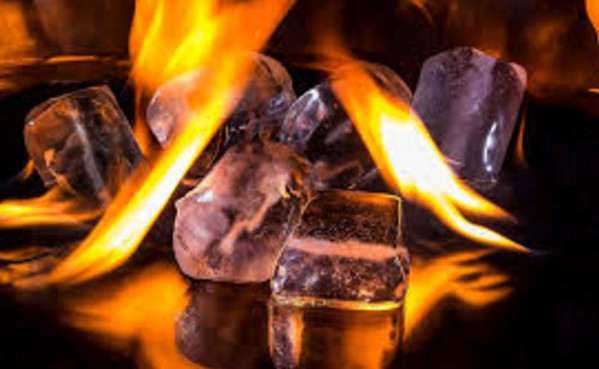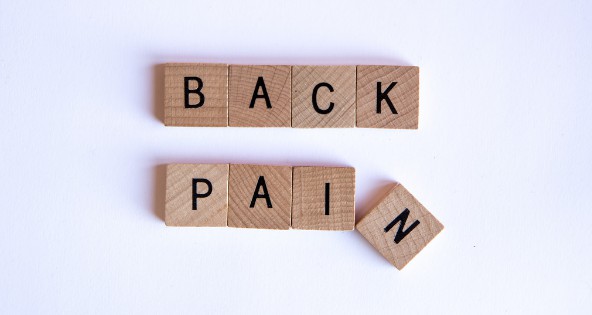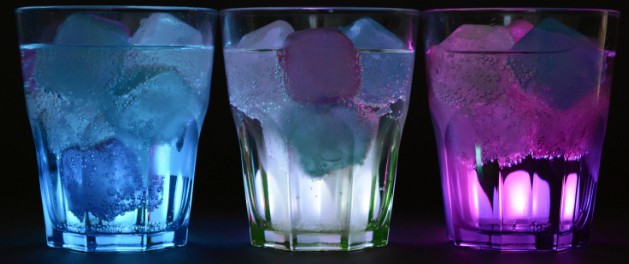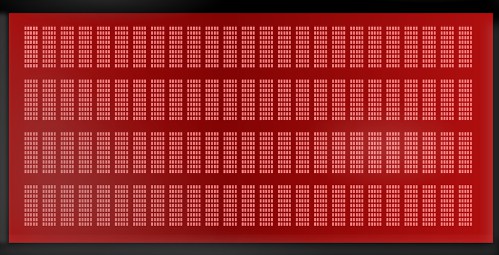Heat and cold therapy can both offer relief for back pain, but you may not know which type to use. The best answer to this question is to first understand what heat and ice can do and how they assist in relieving pain. Once you have an understanding behind the mechanisms of these treatments, you will be more prepared on how to use them as soon as your pain in your back flares up again. The best rule to follow usually includes: ice is best for an injury, while heat is best for muscle pains.
Cold Therapy
Acute pains and aches are often severe and can usually result from traumatic and sudden injuries or from a condition such as sciatica. In these types of cases when choosing between heat or ice for back pains, using cold therapy is usually best. The cold packs assist in reducing pain and swelling and also assist in constricting the blood vessels in regards to the location of injury along with limiting bruising and internal bleeding.
When sustaining injuries of all kinds, the body responds with swelling or inflammation of the tissues to avoid debris or infectious agents from interfering with recovery. Even though the process of inflammation is normal, it is usually painful dependent on the condition or the cause of the injury. For this reason it is very important to use ice for an injury to calm the swelling as well as decrease the pain. However, there are specific situations when ice needs to be avoided. This is when the muscles are stressed or sore. Ice is able to result in severe spasms or trigger points to occur when the ice therapy is used on aching muscles.
You are able to buy ice packs from a number of retail stores. Alternatively you can use the DIY route in the way of creating your own ice packs with the use of a bag filled with ice chips or ice cubes or even a using a frozen vegetable bags such as peas. Wrap the ice pack in a cloth or a towel before applying the pack to the area of your back. You can use the ice pack for 10 to 15 minutes, several times throughout the day.
Risks Associated with Cold Therapy
If you do not take precautions, cold therapy that has been applied directly or for prolonged periods of time can cause nerve or tissue damage. If you currently have a heart or cardiovascular disease you need to check with your physician before you decide to use cold therapy. When an ice pack has not assisted with the swelling of the injury within 2 days, you should see your doctor.
Your need to be aware when it comes to icing a muscle pain. You might think that you have injured your back, but the pain may be caused from muscular pain. The trigger points which are painful sensitive spots are often intense and can be mistaken for an “iceable” inflammation and injury. However, when you ice the trigger points, they can ache and burn even more. This type of mistake is typical with neck or lower back pain.
Heat Therapy
When making the decision to use a heat or ice pack for pains in your back, heat is classified as the best therapy when it comes to nagging and chronic pain. It assists in stimulating blood flow to affected areas and is able to ease tightness which often makes the problem worse.
When you experience back pain that is chronic which has not resulted from injuries, heat is best to apply to the areas on your back that has caused discomfort. Using heat therapy works on improving blood flow and circulation to specific areas from the increase in temperature. Even a slight increase in temperature to afflicted areas can increase your muscle flexibility and soothe discomfort. Heat therapy is also best to heal damaged tissues, soothe and relax muscles. If you experience chronic pain or muscle spasms, use your heating-pad over the area for sessions of 15 to 20 minutes at a time to decrease the pain.
Heat therapy is made up of 2 types which include: moist heat and dry heat. Conducted heat therapy or dry heat includes the sources such as saunas, dry-heating packs and heating pads. This type of heat is very easy-to-use and apply. Convection heat or moist heat includes the sources such as a hot bath, moist heating-pads or steamed towels. The convection heat is recognized as more effective and requires less time to achieve similar results.
For a simple home-made heat-pack, you can soak your towel in hot water. You can also choose to buy reusable heat-packs from a pharmacy or drugstore. These are typically warmed by immersing the pack in hot water or heating them up in a microwave. Disposable heat packs use heat cells which activate from exposure to air. Another solution for the heating pads include the type that plug into electrical sockets or use a battery.
Risks Associated with Heat Therapy
The people that have pre-existing conditions should avoid using heat therapy in regards to increased risks of complications or burns from heat application. These types of conditions include:
- MS (Multiple Sclerosis)
- Diabetes
- Deep Vein Thrombosis
- Dermatitis
- Vascular Diseases
If you have hypertension or heart disease you need to consult with your physician before you use heat therapy. When you are pregnant you should also ask your physician before using a hot tub or sauna.
Heat therapy should use a warm temperature opposed to a hot one. When using heat therapy that is too hot, the chances of burning the skin increases. In addition, if you currently have an infection, heat therapy can increase the risks associated with spreading the infection. Using a heat pack directly on a localized area should not exceed over 20 minutes for each session. If you happen to experience an increase in swelling immediately discontinue the treatment. If the heat therapy does not assist in decreasing the discomfort or pain within a week or when your pain starts to increase, see your doctor immediately.
Alternating Cold and Hot Therapies
In certain cases, choosing an ice or heat pack on its own will not offer you with enough relief. It is possible to use ice and heat together. In the way of rotating between an ice and heat therapy, you are able to increase the chances of lowering inflammation and pain and loosening your muscles at the same time. Switching between heat and cold therapies can also assist in maximizing the process of healing.
Many doctors will recommend that you start with ice in order to shock the veins and the muscles, followed by heat therapy to relax and soothe the muscles. Ointments that are classified as pain relievers like Icy Hot can be found in your local pharmacy and uses the same theory of cooling the skin before applying the heat. This offers a solution to relaxing the muscles and helping to relieve the pain.
- Soft And Dry
- Long Lasting
- Back Patch
Conclusion
When you know when you should be using heat or cold therapy, it increases effectiveness of these treatments. Certain situations will necessitate both. When either of these treatment results in discomfort or pain, discontinue use immediately.
You need to know that pains in your back may be serious and any type of acute pain that persists needs to be reported to a medical professional. You should also contact your physician if you experience skin changes or bruising after treatment. This happens to be very important when pain follows once you have fallen, as it is a possibility that you may have sustained a hip or vertebral fracture.
Related Posts
- Best Cold Packs (Ice Packs) for Back Pain & Neck Pain
- Best Infrared Heating Pads For Back Pain Relief
- Best Heating Pads for Back Pain Relief with Buyer’s Guide
- Best At-Home Light Therapy Products (Infrared LED Therapy Devices) for Chronic Back Pain Relief
Last update on 2021-01-10 / Affiliate links / Images from Amazon Product Advertising API





